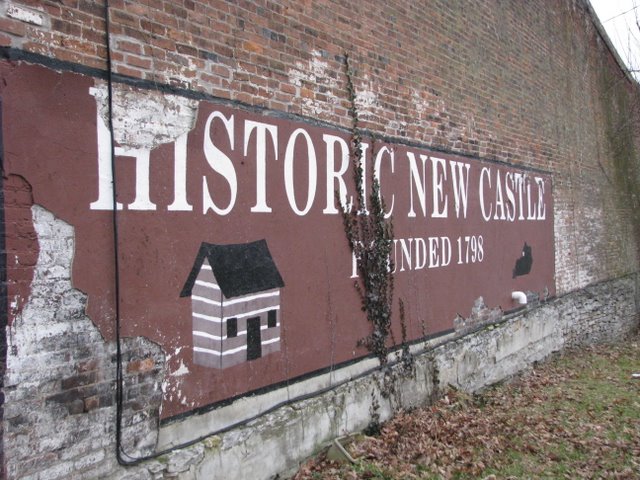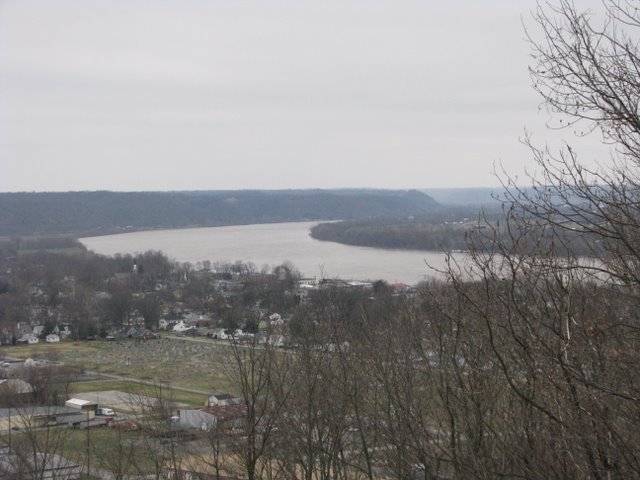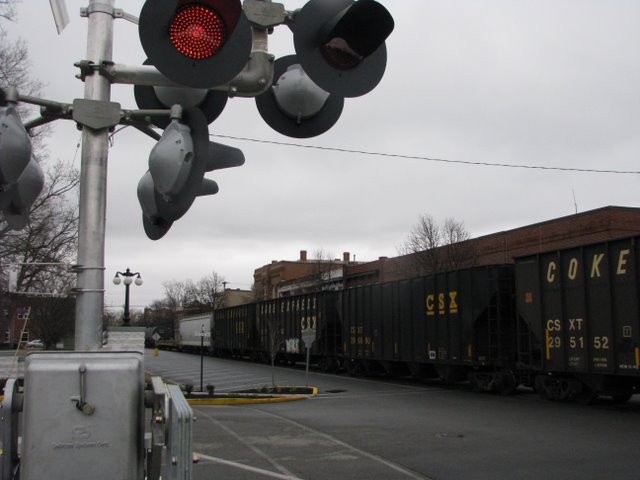 |
| New Castle, Kentucky |
Marketed as “life in the s-l-o-w lane,” New Castle was founded in 1798 and incorporated in 1817. It has always been the county seat of Henry County. From its website:
The view from this Henry County “seat” hasn’t changed much in 200 years. Local traditions linger , even with Louisville just 35 minutes down the road. New Castle (pop. 919) is one of the smallest towns in Kentucky certified in both “Renaissance on Main” and “Preserve America” programs; we tend to our town with the same grit and teamwork it takes to farm. Nothing fancy here–a busy courthouse square, a few characters and a lot of lawyers (15 at last count.).
So in the past 200 years, not much has changed in New Castle. Except that there are more lawyers. As for the origin of the town’s name, it is unknown. (Per Wikipedia and, more importantly, the Kentucky Encyclopedia.) I would suggest it is named after my favorite beer, Newcastle Brown Ale. The ale, however, wasn’t created until 1927 so I doubt that is correct.











